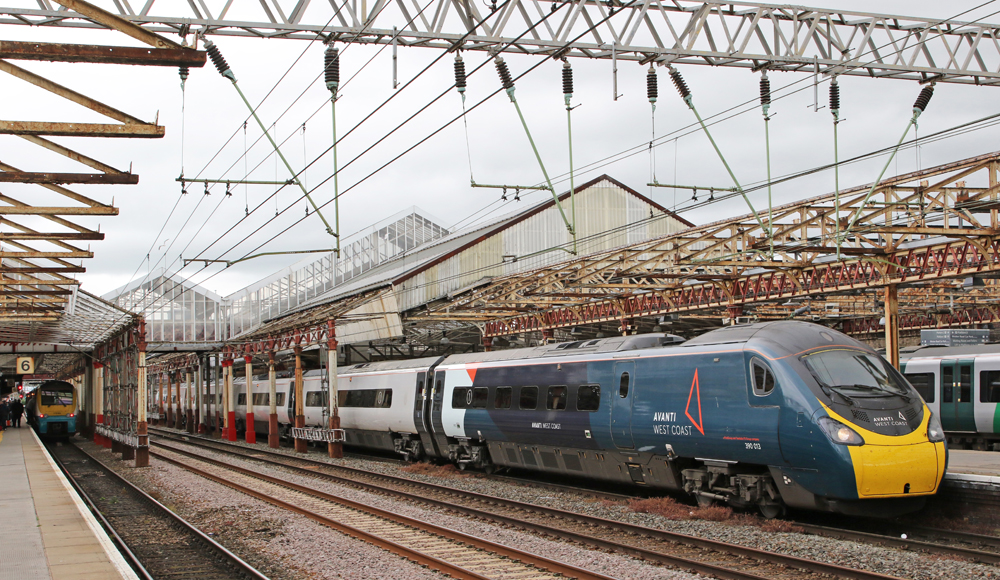
LONDON — Plans for a strategic link between Britain’s new High Speed 2, or HS2, line and existing routes were quietly dropped in a decision published June 6 — the day British Prime Minister Boris Johnson narrowly survived a vote of confidence by his own lawmakers.
The response from the rail industry in the UK has been a mix of shock and dismay, as the new line offered much faster journey times for passengers. It also would have removed some passenger trains from one of the UK’s two busiest track sections of railway, creating space for more freight services.
The announcement, made in a written statement to the British parliament, removes the 13-mile high speed “Golborne Link” connection —between the new Crewe-Manchester HS2 line and the country’s main London-Glasgow West Coast Main Line — from plans currently being approved by parliament. Almost all new British railway lines require an Act of Parliament setting out their route in great detail.
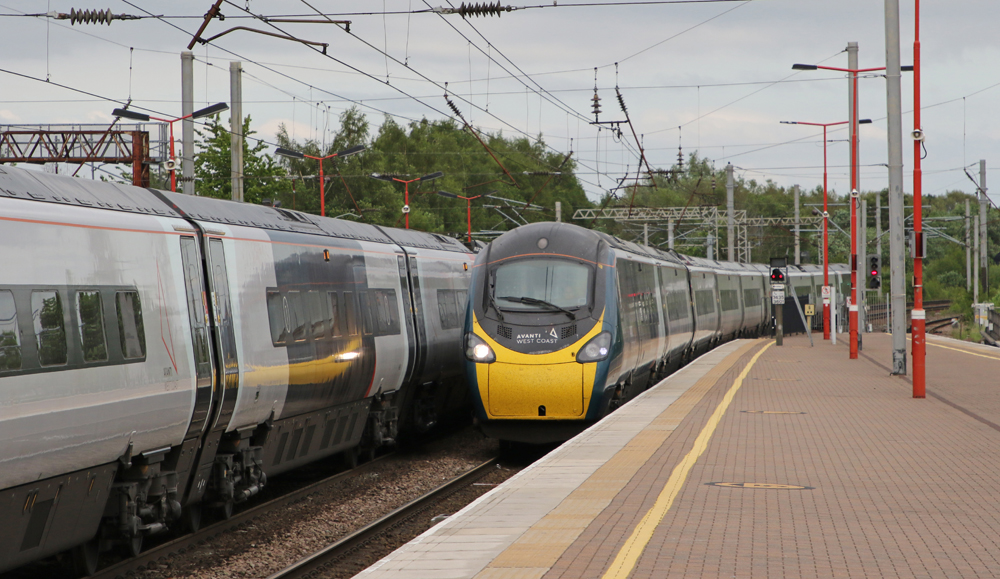
The Golborne Link would have run from the planned HS2 line near Knutsford, north of Crewe, to join the West Coast Main Line near Golborne, south of Wigan, near the major port city of Liverpool.
While construction wasn’t planned for a decade, the link was designed to allow HS2 trains heading north to Scotland to maximize use of the new 200-mph-plus route before switching back to existing routes with top speeds of 125 mph (although slower in many places).
The British government denies the decision was made because of bipartisan opposition by local politicians along the planned route. Instead, it says a recent review of links between England, Scotland, and other parts of the UK show the proposed line would not remove all capacity constraints from the West Coast route. This is hardly surprising, as a 13-mile-long line could not attempt to remove all existing and future constraints on the 250-mile route from Crewe to Glasgow.
The review (Union Connectivity Review, written by Network Rail chairman Sir Peter Hendy) instead suggests other, as yet unplanned, but presumably longer and more expensive connections should be examined instead.
While the government has removed the Golborne Link from the legislation granting permission for the Crewe-Manchester section of HS2, it has not removed any of the related planning safeguards, which effectively means the route is protected. Crucially, for homeowners living on the proposed route, this in turn means the threat of compulsory purchase and eventual demolition of properties has not gone away, but has simply been put into a deep freeze from which a future government could reinstate the plans. The current government took the same approach when cancelling the eastern section of the HS2 network [see “British government changes high speed rail plan,” Trains News Wire, Nov. 23, 2021], where the route remains protected, even if funding to build it has been taken away.
Local leaders want money redirected to improve HS2 plans
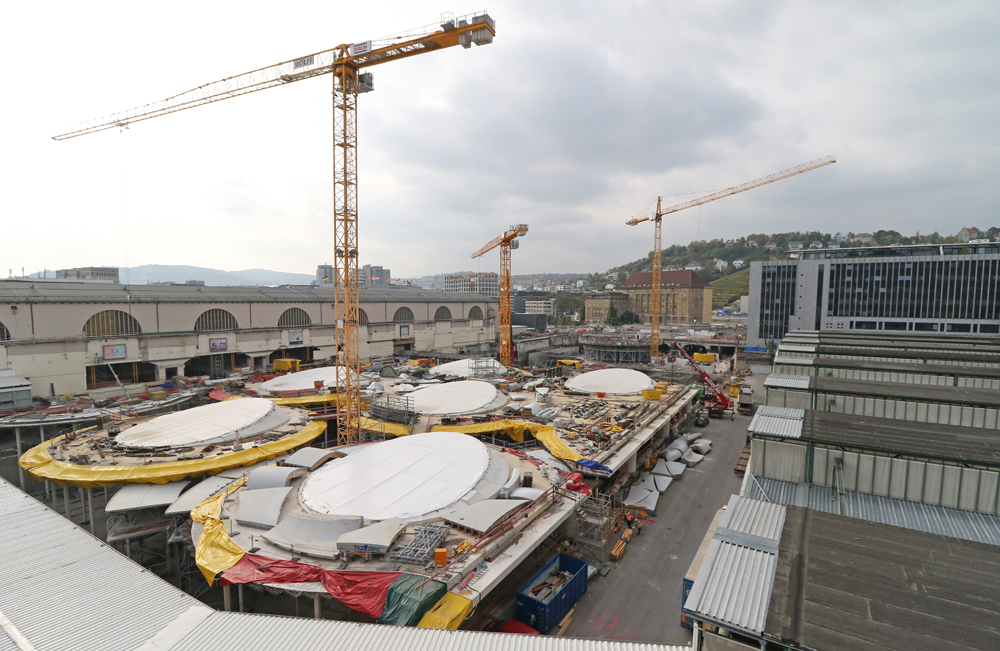
While not welcoming the decision, local politicians and the influential mayor of Manchester, Andy Burnham, have called for the money saved through elimination of the Golborne Link to be used to build a new underground high speed station in the city. Manchester will be the northern end of the HS2 line from London when it is completed in the 2030s, and a new station would allow HS2 trains to continue east to cities such as Leeds or York without having to reverse direction, as is currently planned.
Business and political leaders in northern England have contrasted the plans for Manchester — where the government ruled out an underground station, saying it will cost up to $6 billion more — with those in London. There, a partly underground station for HS2 in west London at Old Oak Common is already under construction.
Across Europe, underground through stations are in use for high speed rail in cities such as Zurich, Berlin, Vienna, Rome and Milan, replacing or supplementing old terminus stations. Others are under construction in Stuttgart and Madrid, and planned in cities including Frankfurt, Prague, and Budapest.






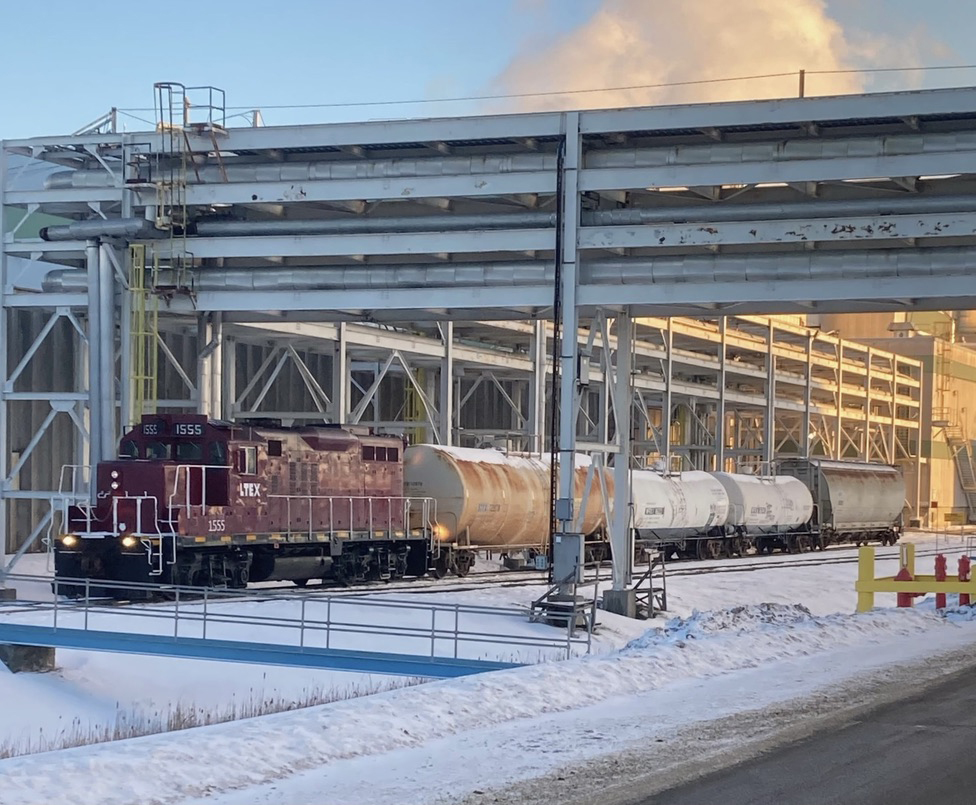

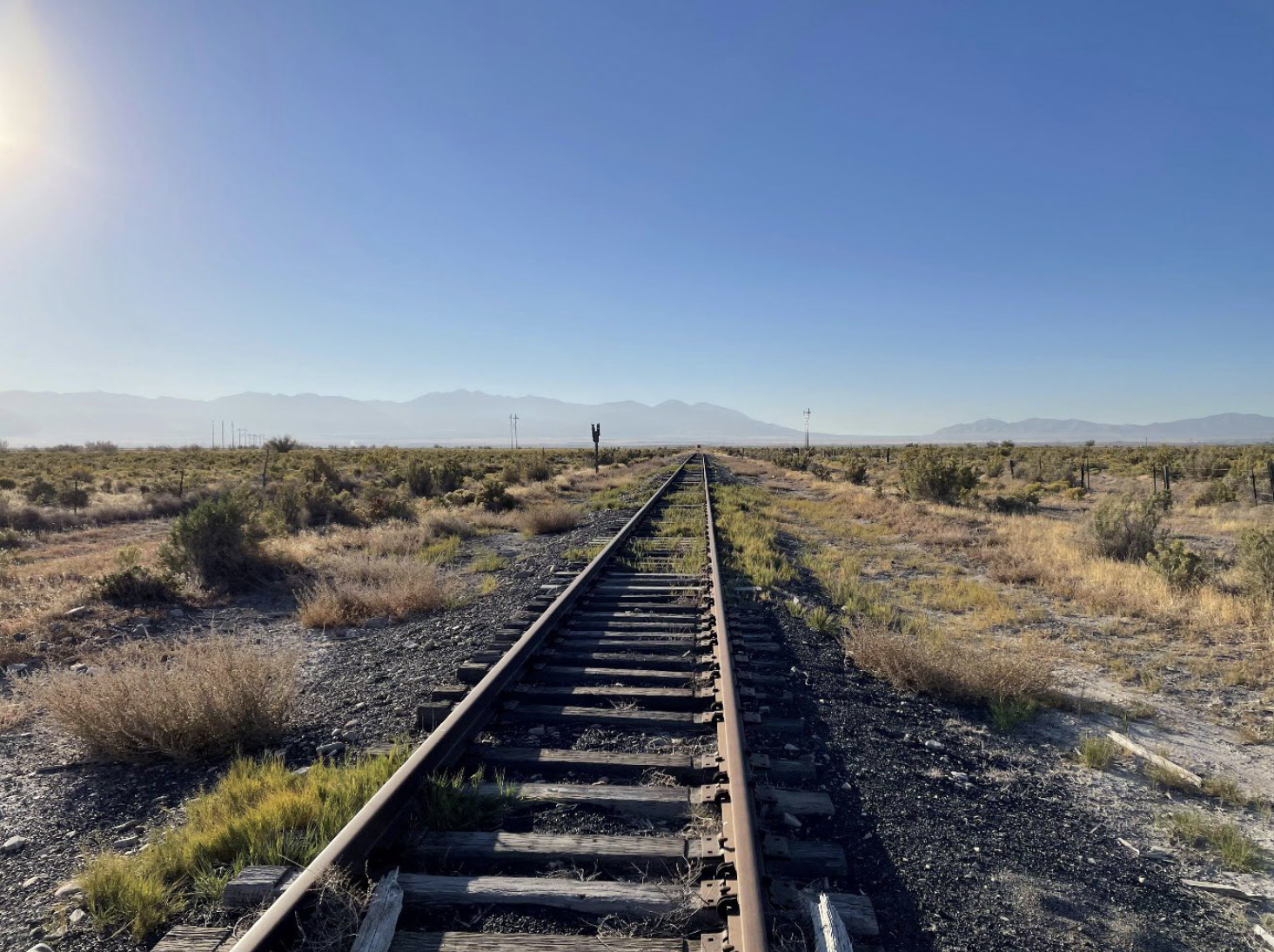
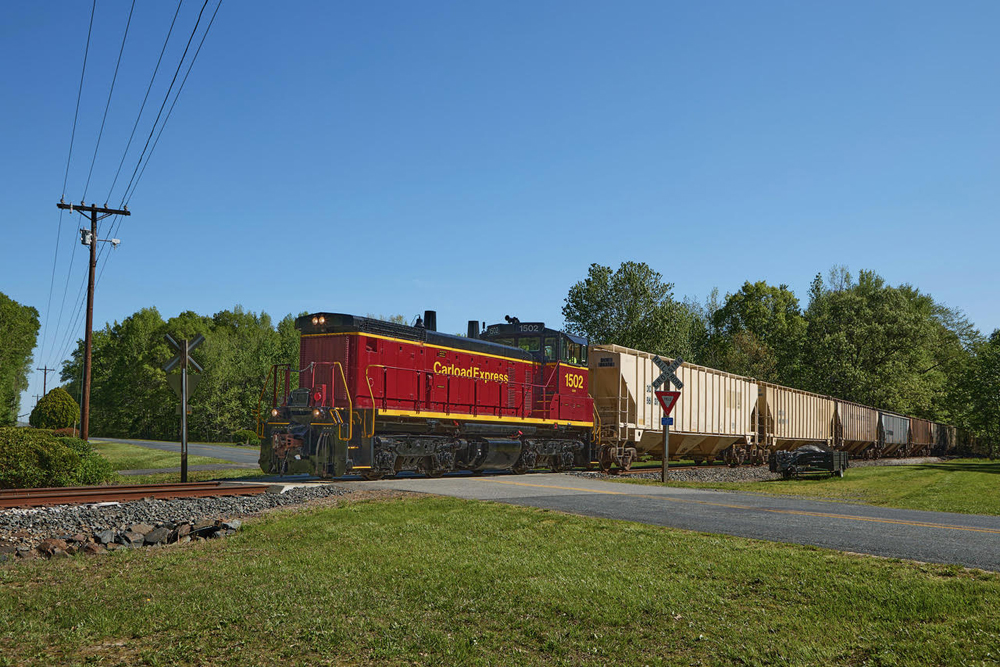




Funny, nay hilarious, story about the Stuttgart project.
When DB and Stuttgart announced the new project the opposition was loud and frequent. Almost daily protests against the project were conducted.
Finally, the authorities agreed to the opposition demands for a plebiscite on the new project. When the vote’s results came down the local population voted overwhelmingly to approve the massive project.
The opposition continued to protest.
I will become an octogenarian in the 2030s as I hope my health will still be sustained then. Even with the occasional delays and cancellation of high speed rail projects, the UK and the rest of Europe remain decades ahead of North America in infrastructure for passenger trains.
A map showing the lines in question would have been very helpful especially to those of us on the other side of the pond.